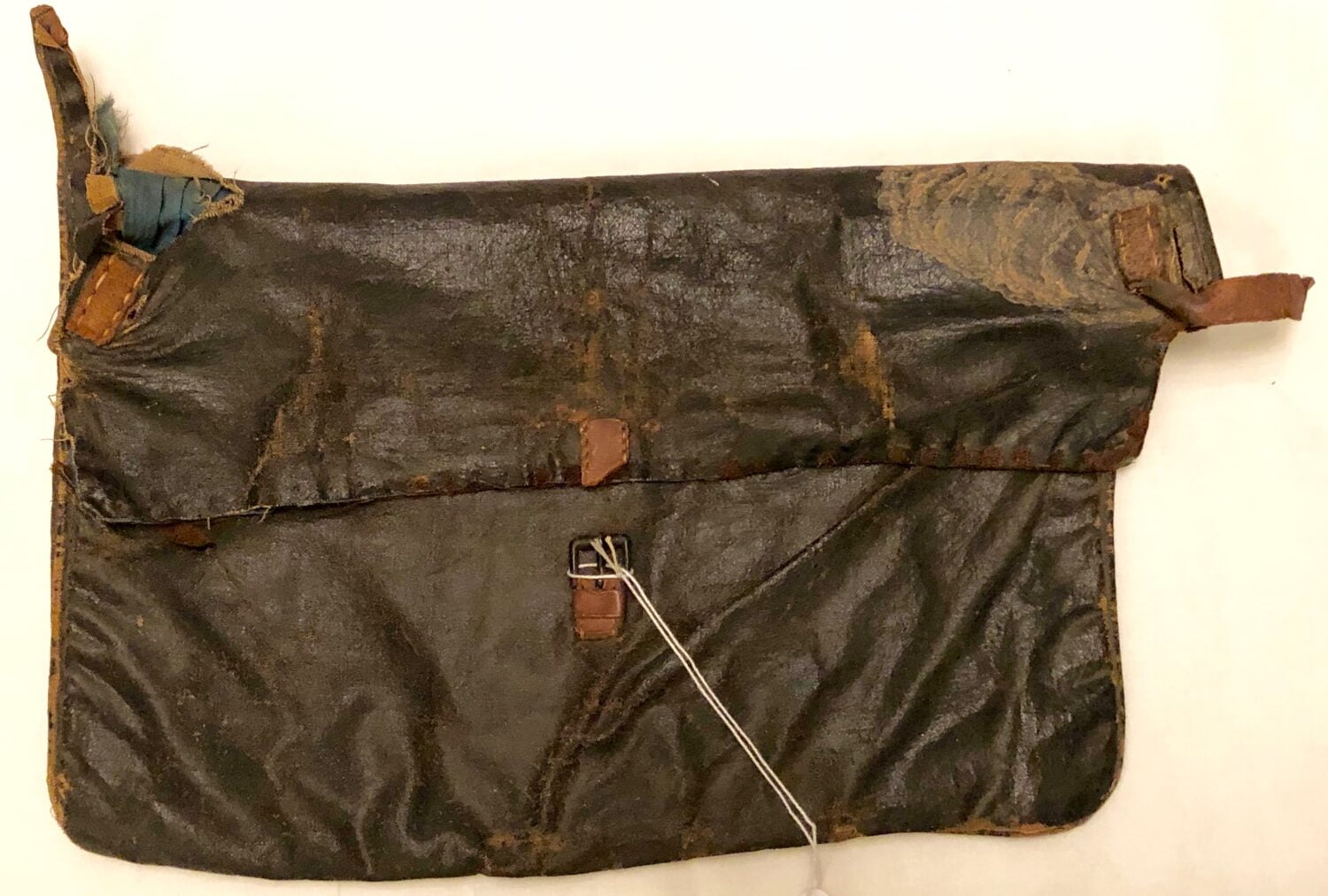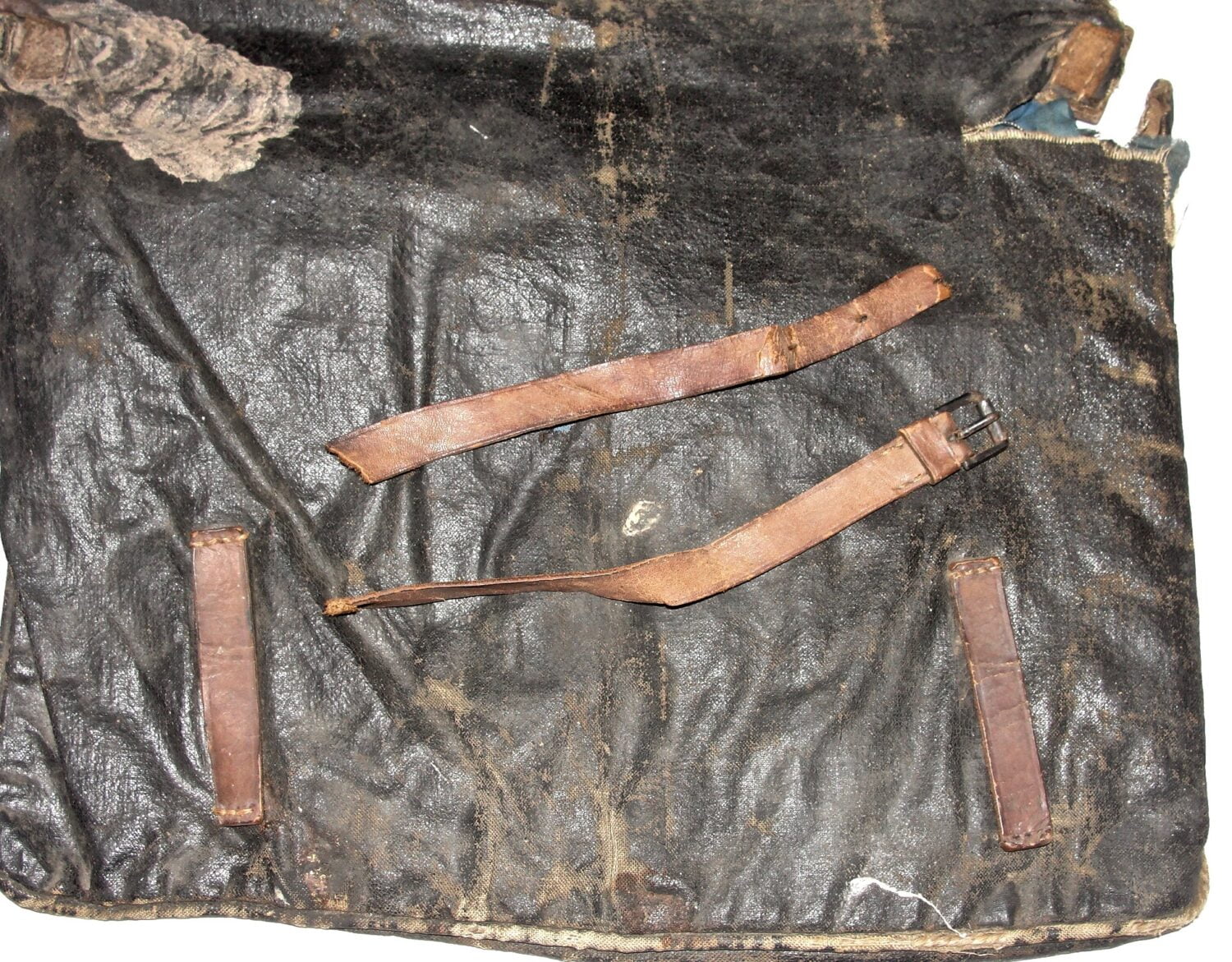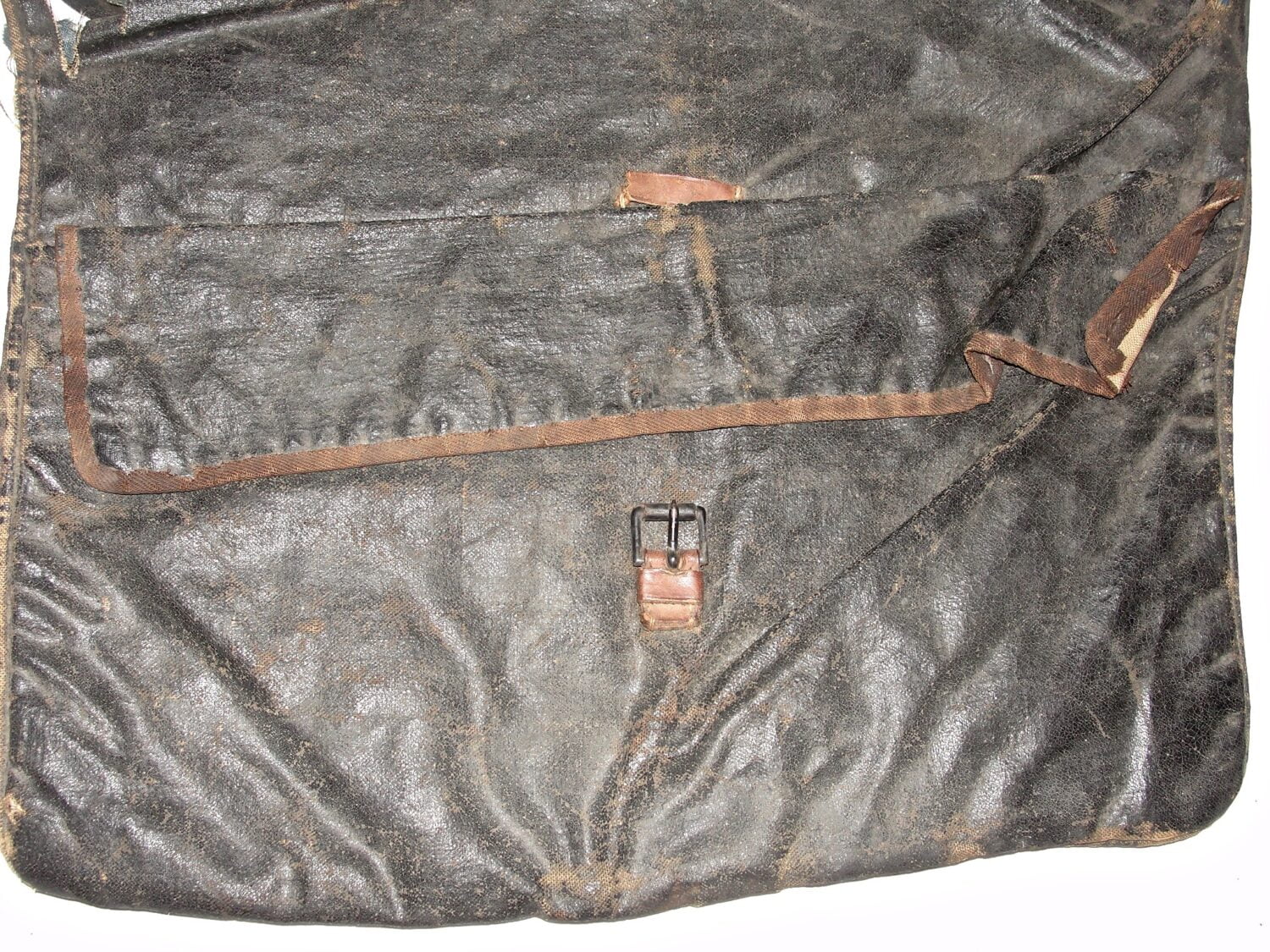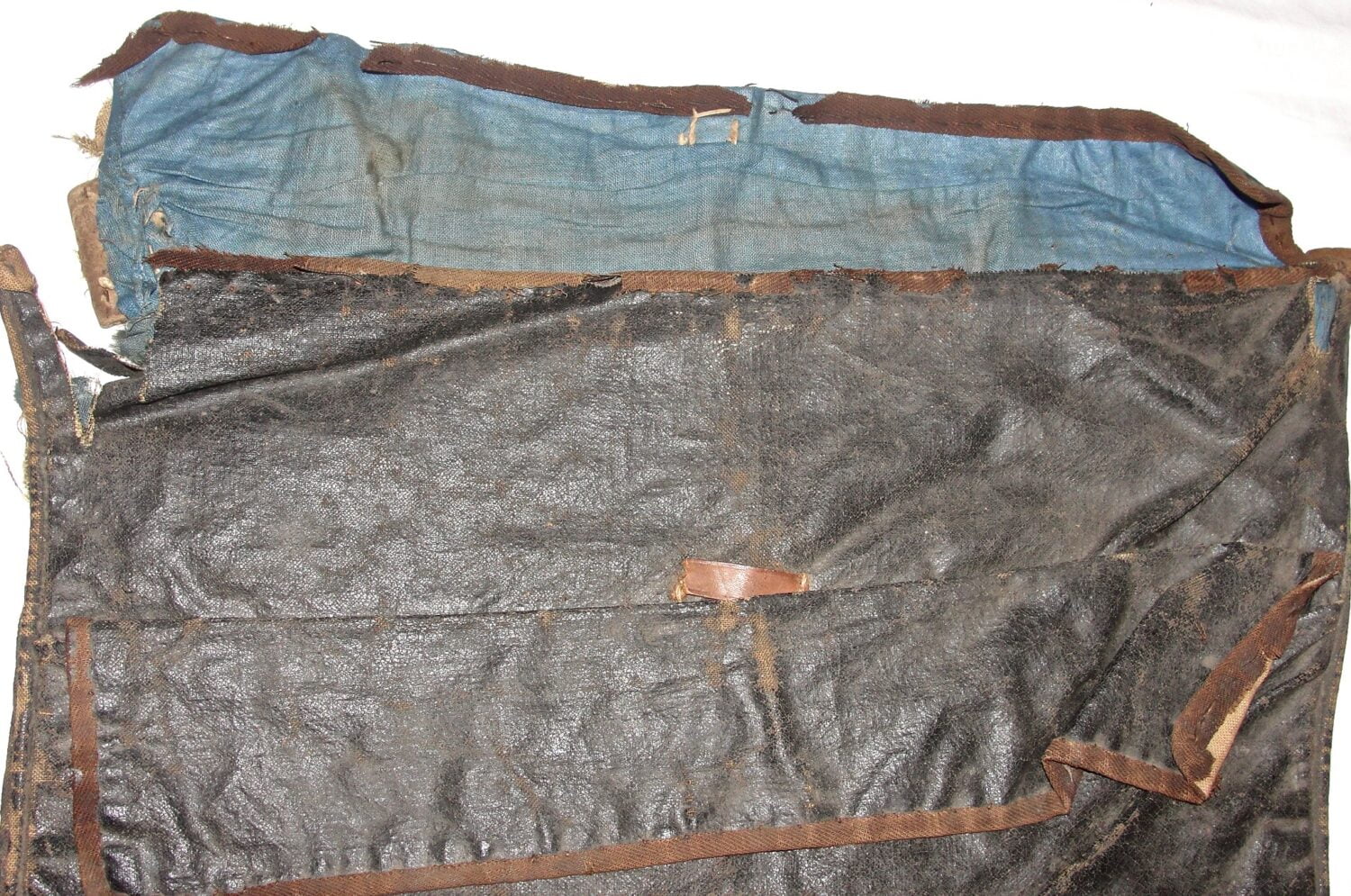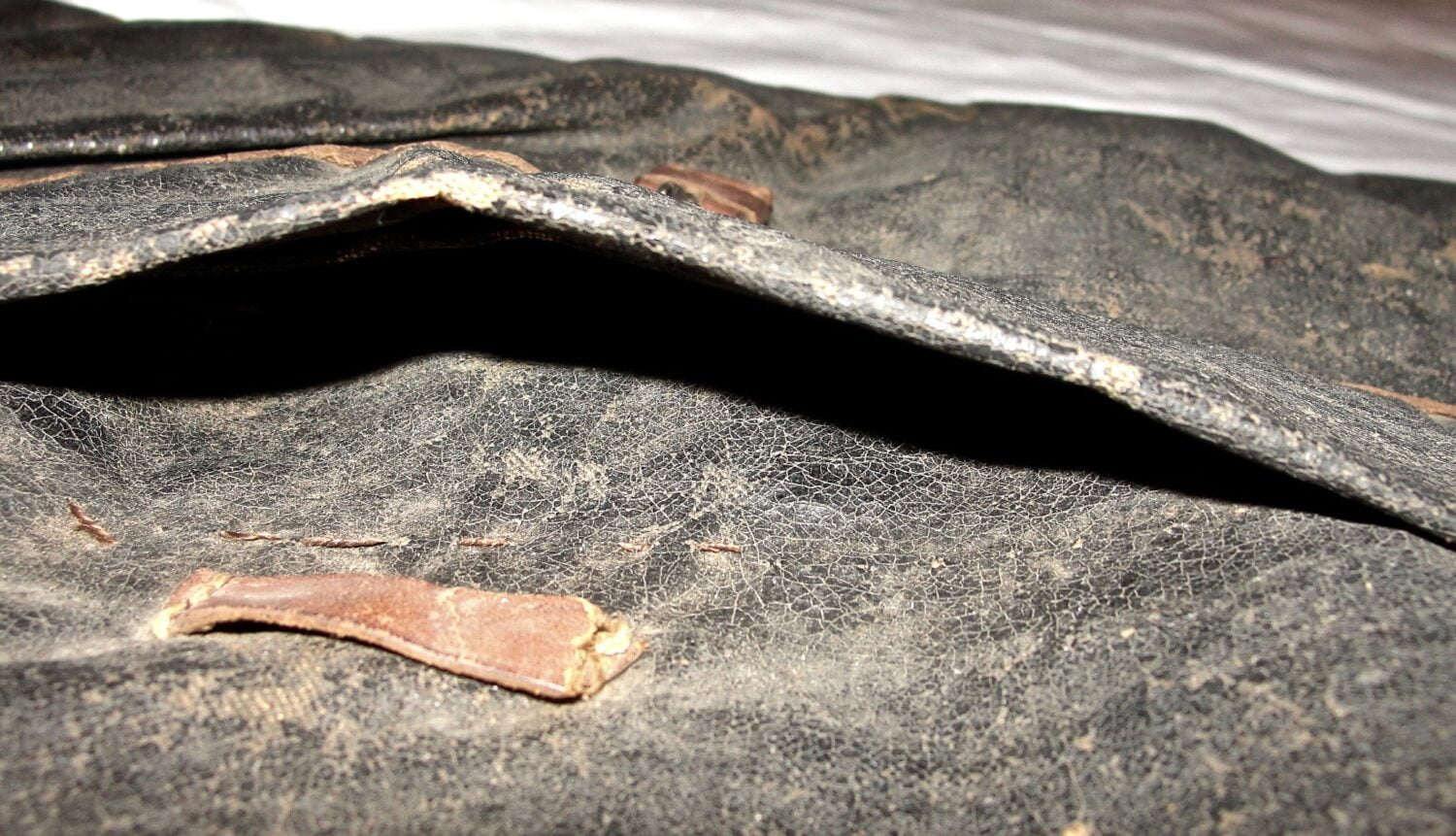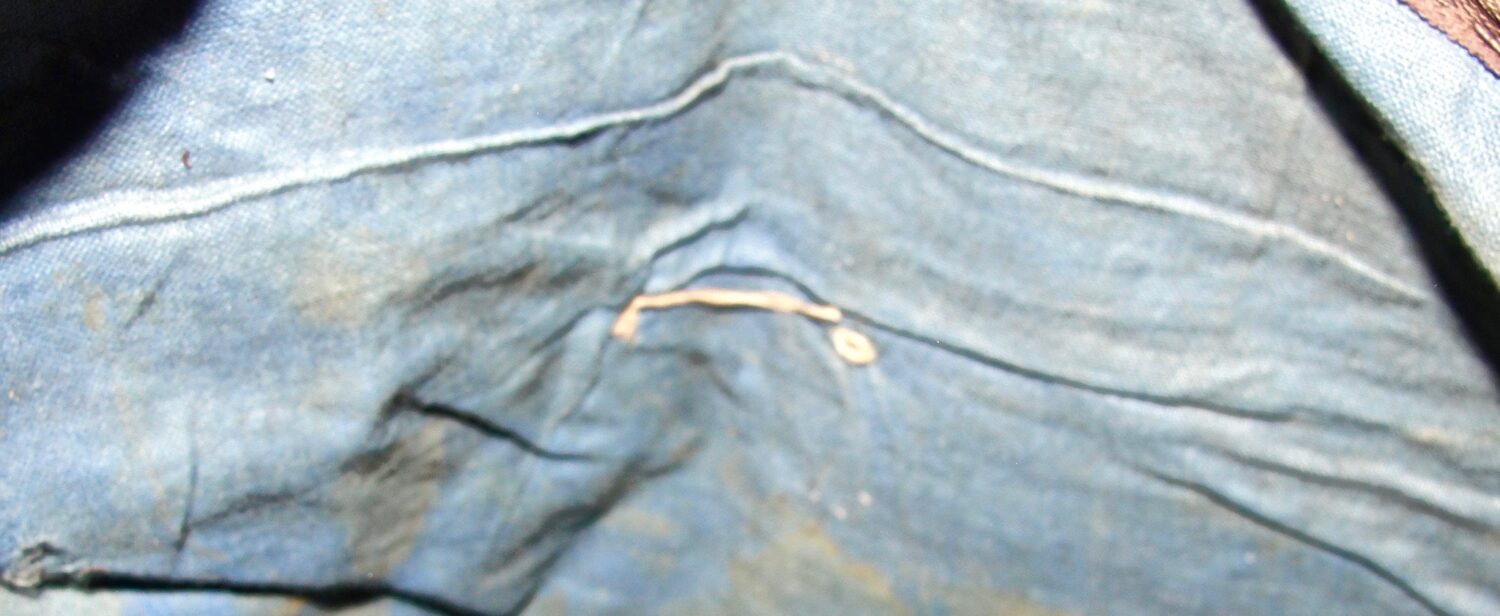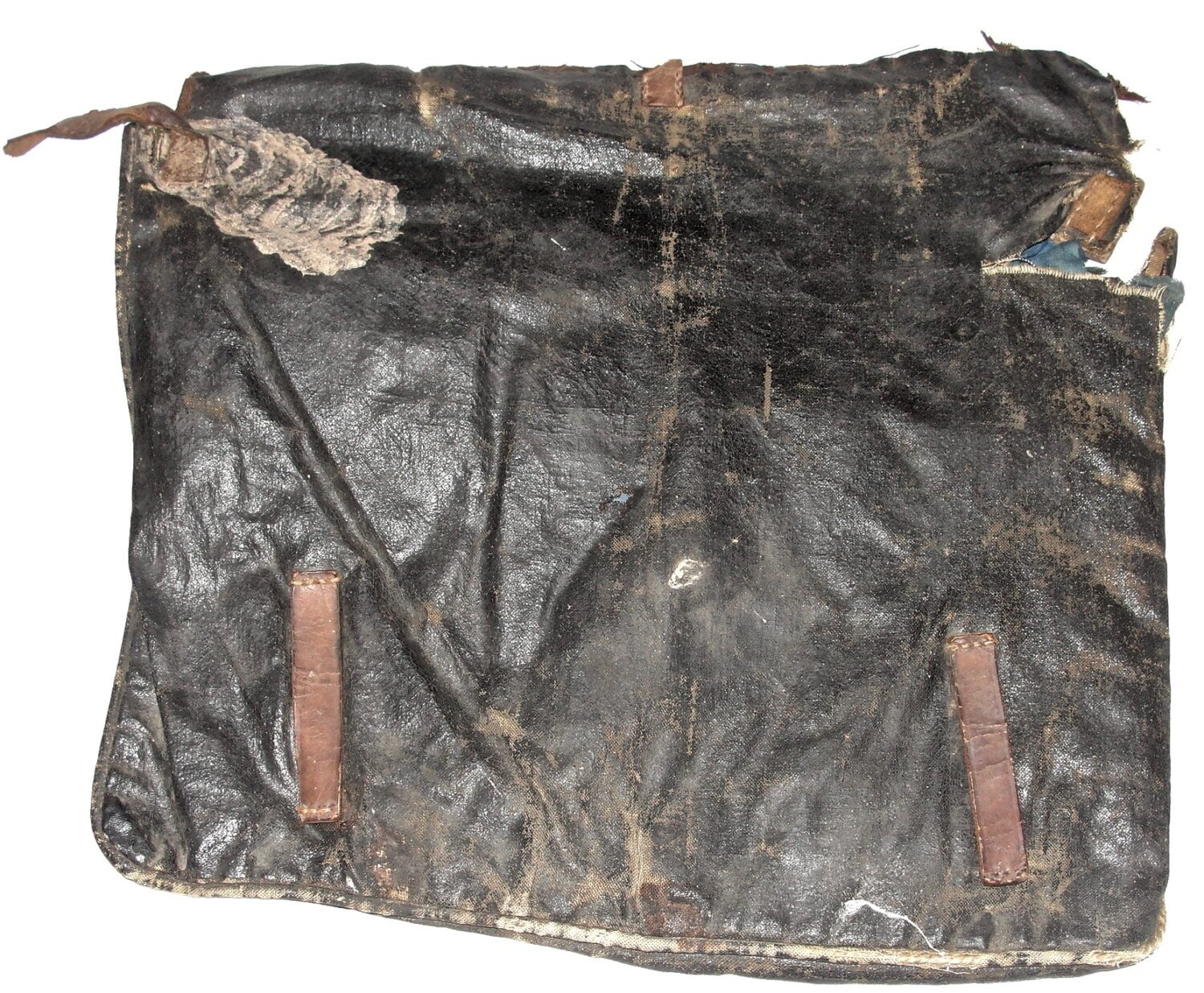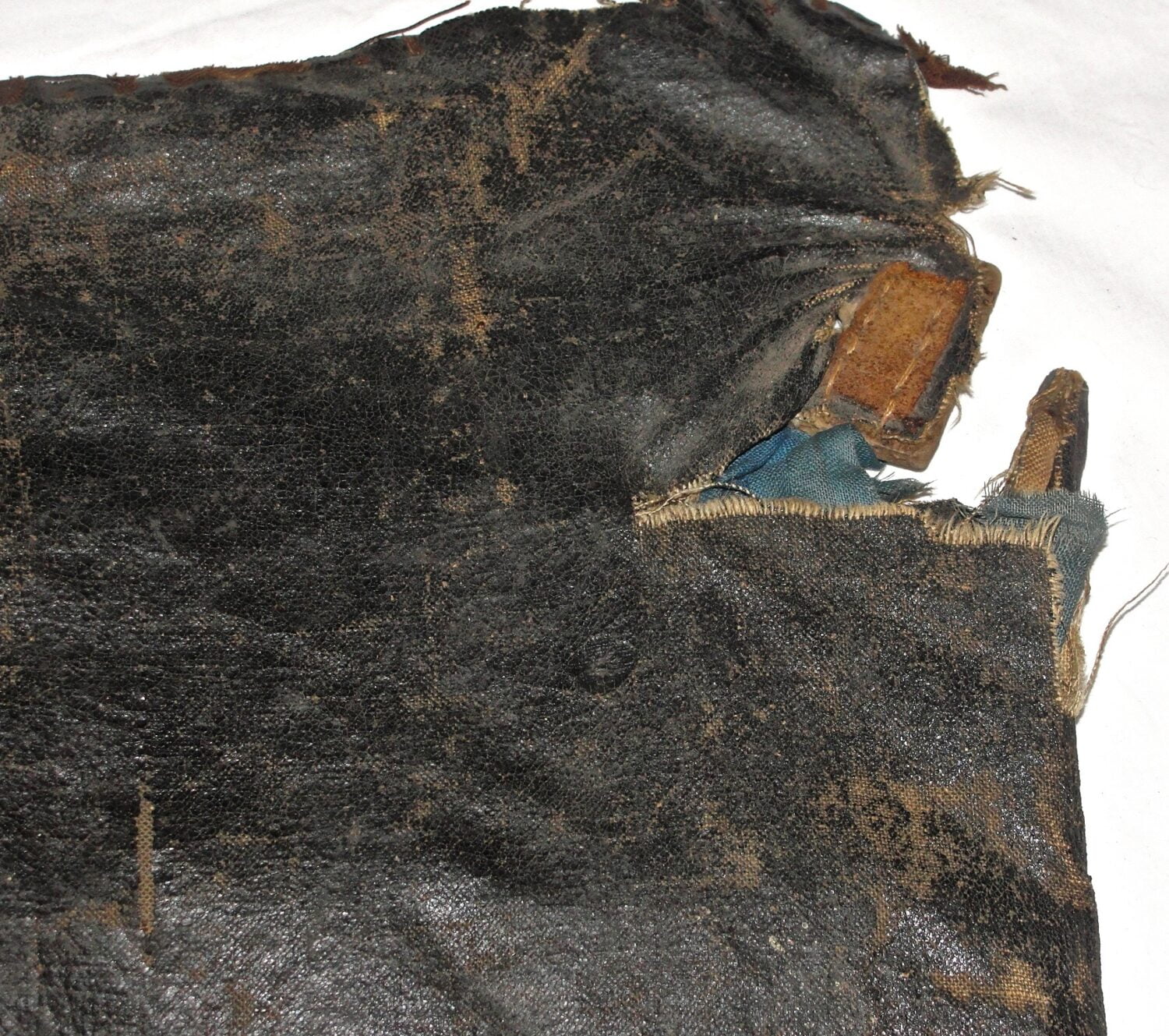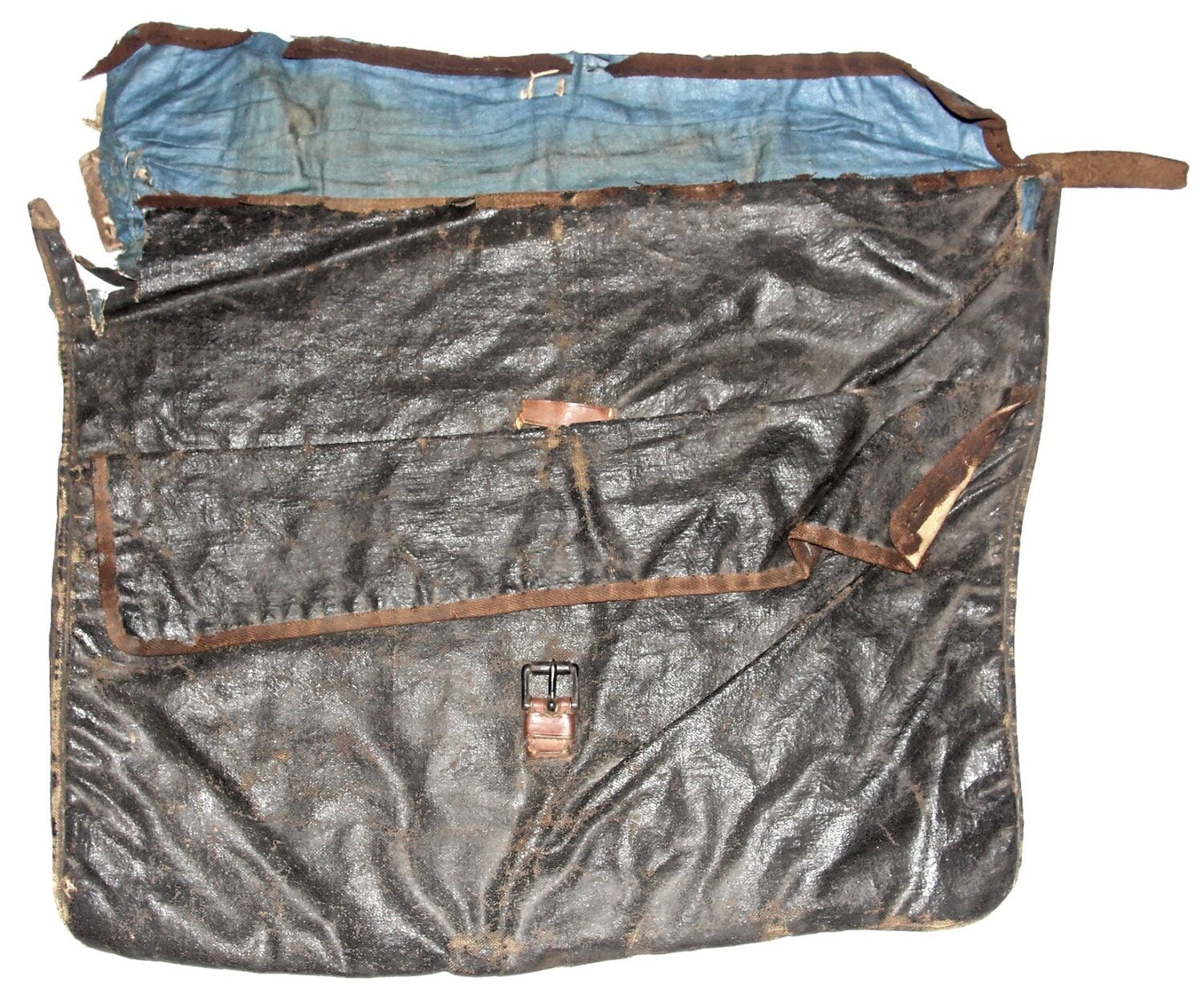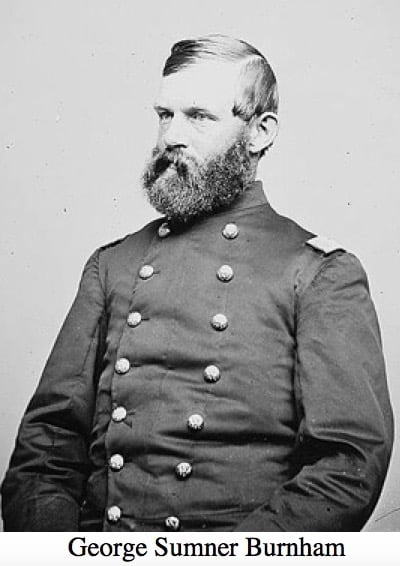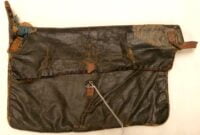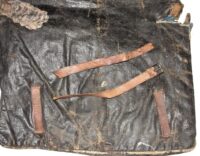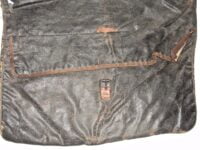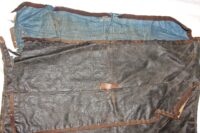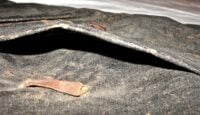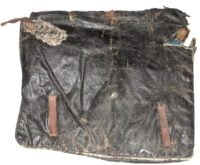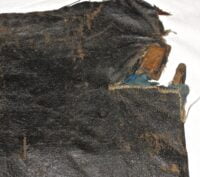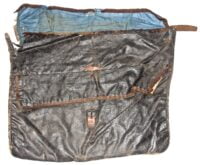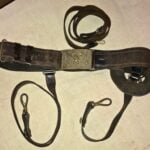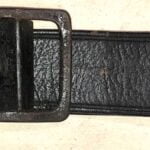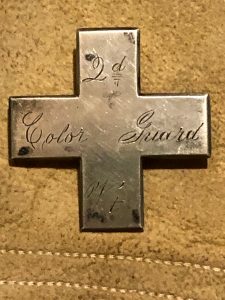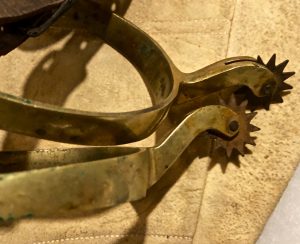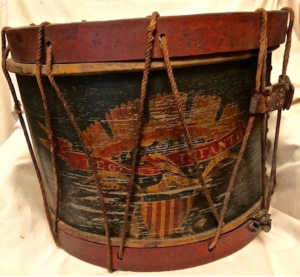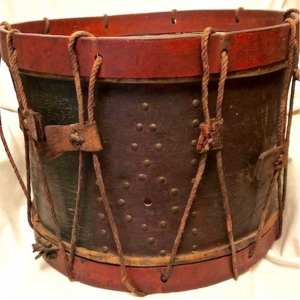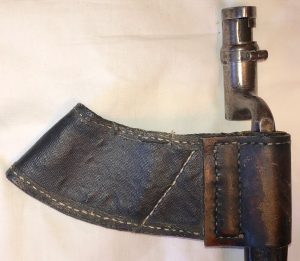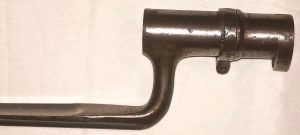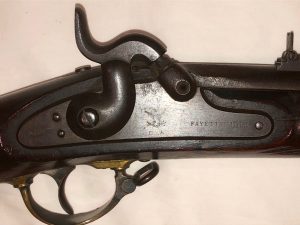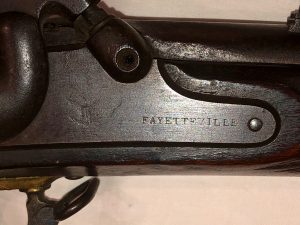| WRITTEN BY COL. GEORGE S. BURNHAM.
THE First Regiment of the three months’ men was recruited
under the proclamation of President Lincoln, issued Monday,
April 15, 1861, and the call of Governor Buckingham issued the
day following.
Anticipating the call of the Governor, recruiting had
begun so promptly that by the 16th many companies were ready to
report with more than the minimum required, and Rifle Company A
of Hartford, with George S. Burnham, Captain, Joseph R. Hawley,
1st Lieutenant, Albert W. Drake, 2d Lieutenant, had completed
its organization with full ranks. This company and Rifle
Company A, Captain John C. Comstock, left Hartford for the
rendezvous at New Haven, April 20th. The regiment was at once
organized with Dan. Tyler of Norwich, as Colonel, George S.
Burnham, Lieut.-Colonel, and John L. Chatfield, Major.
The regiment was at first quartered in the buildings of
Yale College and wherever shelter could be found, but soon went
into camp in a vacant lot in the western part of the town,
where the different companies where mustered into United States
service, and immediately began work in earnest at company and
regimental drill. On May 10th the regiment embarked for
Washington on the steamer “Bienville,” and on the same day
Colonel Tyler, who was a West Point graduate and had seen
regular army service, was made Brigadier-General of Volunteers;
Lieut.-Colonel Burnham being promoted to the full Colonelcy of
the regiment.
The First arrived at Washington via Chesapeake Bay and the
Potomac May 13th and proceeded at once to camp at “Glenwood,”
about two miles north of the Capitol.
May 31st Lieut.-Colonel Chatfield was promoted to the
Colonelcy of the Third Regiment, vice Arnold resigned.
Major Spiedel was made Lieut.-Colonel and Captain Theodore
Byxbee of Meriden, was made Major.
These were days of intense excitement in Washington, and
false alarms were frequent, but cool heads were in control of
the Connecticut Brigade.
On the day of Colonel Ellsworth’s funeral, all Washington
was subjected to a false alarm, the long roll was sounded, and
the First was hastily ordered out and marched to Long Bridge,
when the alarm having subsided it was ordered back to camp.
At midnight, June 1st, the regiment broke camp at Glenwood
and crossing Long Bridge, marched to Roach’s Mills on the
Alexandria & Leesburg railroad, where it established camp,
relieving the 12th New York.
About June 16th a detachment of the First, under Colonel
Burnham, was ordered up the railroad as escort to General Tyler
in a reconnoisance. The train was made up of miserable rolling
stock, and the couplings parted so frequently that the
detachment was compelled to return after passing a short
distance beyond Vienna. As the train was passing Vienna on its
return, it was fired into from an ambuscade, and George H.
Bugbee, of Infantry Company A, was severely wounded. If we
except Major Theodore Winthrop, who fell at Big Bethel seven
days earlier, this was the first blood of a Connecticut soldier
in the Civil war.
The next day the First was ordered on the same duty, but
was relieved by the 1st and 2d Ohio regiments, the 1st
Connecticut going to the grounds in the vicinity of Long
Bridge, where with a large number of other regiments it was
reviewed by the Hon. Simon Cameron, Secretary of War.
As the review closed the First was ordered hurriedly to
the relief of the Ohio regiments which had been fired into at
Vienna. On the next day the First went into camp at Falls
Church, then considerably in advance of the main lines–a
position peculiarly exposed to attack, as the rebels could
easily reach its rear by way of either Balls’ or Bailey’s Cross
Roads.
The First Regiment was joined by the Second on the next
day, and soon after by the Third Connecticut and the Second
Maine regiments, all of which were organized as a brigade,
under command of Colonel Erasmus D. Keyes.
On July 16th the entire army under immediate command of
General McDowell began its advance toward Manassas, and Keyes
Brigade, designated the 1st Brigade, 1st Division, had the
advance–the First Regiment covering the left of the head of
column as skirmishers and the Second covering the right. They
bivouacked the first night at Vienna, and the second at
Germantown, arriving at Centerville on the 18th.
At midnight of Saturday, July 20th, the brigade was
advanced via Warrentown road toward Bull Run, and was detached
to guard the Warrentown road during the detour of the flanking
column via Sudley Ford. It remained in this position until
about 10 A. M., when it was advanced across Bull Run and formed
line of battle beyond Youngs Branch, farther west.
Colonel Keyes in his official report said:
“The order to advance was given at about ten o’clock A.
M., and from that hour to four P. M. my brigade was in constant
activity on the field of battle. The First Regiment
Connecticut Volunteers was met by a body of cavalry and
infantry, which it repelled, and at several other encounters at
different parts of the line the enemy constantly retired before
us.
“Before recrossing Bull Run, and until my brigade mingled
with the retreating mass, it maintained perfect freedom from
panic, and at the moment I received the order for retreat, and
for some time afterward, it was in as good order as in the
morning on the road. Half an hour earlier I supposed the
victory to be ours.”
Before night-fall the entire brigade reached its former
campground at Centerville in good order, and under orders,
bivouacked as was supposed for the night; the men suffering
much from fatigue, at once going to sleep on their arms.
About 10 o’clock P. M. peremptory orders came to continue
the retreat to Falls Church. The road was now comparatively
clear, as the disorganized part of the army was already far
advanced on its way to Washington. About 9 A. M. the next day
the regiment arrived at Falls Church, and, in a drenching rain,
struck its tents and despatched its entire camp and garrison
equipage, together with that of the Second Maine, which had
left the brigade, to Alexandria. The three Connecticut
regiments marched that night to the camp of the First and
Second Ohio regiments, which they found deserted. Occupying
this standing camp during the night, it spent all day Tuesday,
July 23d, in packing and sending to Alexandria the camp and
garrison equipage of the First and Second Ohio and the Second
New York regiments, leaving not a vestige of anything useful to
fall into the hands of the enemy.
General Tyler in his report says:
“At seven o’clock on Tuesday evening, I saw the three
Connecticut regiments, with two thousand bayonets, march under
the guns of Fort Corcoran in good order, after having saved us
not only a large amount of public property, but the
mortification of seeing our standing camps fall into the hands
of the enemy.”
The First remained in Washington until July 27th, when
(their term of service having expired on the 22d) it started
for New Haven, where, after tedious delays, it arrived and was
mustered out on July 31st. The regiment was splendidly armed
and equipped; eight companies with Springfield rifled muskets,
and the two flank companies with Sharps rifles. The clothing
was much of it very inferior, though all possible effort was
made to remedy the defect.
A few of the companies were old militia organizations
which preferred to retain their old regimental letters, thereby
occasioning some confusion, but the exigencies of that short
term of service did not warrant dallying with trifles.
Too much credit can never be accorded the members of the
three months’ regiments, who from pure patriotism, without
promise or hope of bounty or reward, eagerly enlisted to repel
the enemies of their country; and who with still greater
alacrity would have enlisted for the war had the call of
President Lincoln permitted it.
This early service was an excellent school for the citizen
soldiers of the State, and by far the larger part of those who
participated were soon again in the service for three years or
the war, fully one hundred and eighty from the 1st Regiment
holding commissions.
Connecticut can always look back with pride on her three
months volunteers of 1861. |
